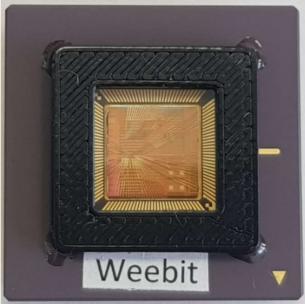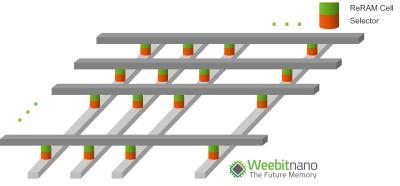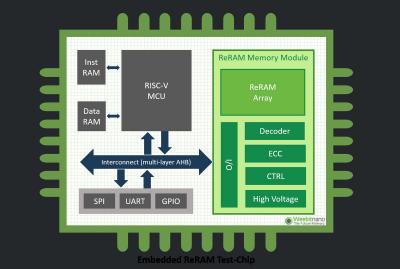Weebit Nano shows a demo of its RRAM neuromorphic memory at Flash Memory Summit
Israel-based RRAM developer Weebit Nano demonstrated (together with its partner, CEA-Leti) how its RRAM can provide an exciting new solution for artificial intelligence applications using spiking neural networks, at the Flash Memory Summit:
Neuromorphic computing makes it possible to emulate the brain’s natural operation. Using RRAM, this emulation is much more efficient than today’s simulations, consuming orders of magnitude less power, to allow sophisticated AI at a fraction of the power consumed by today’s systems. This is because the ReRAM (RRAM) cell has physical and functional similarities to a biological brain synapse.




